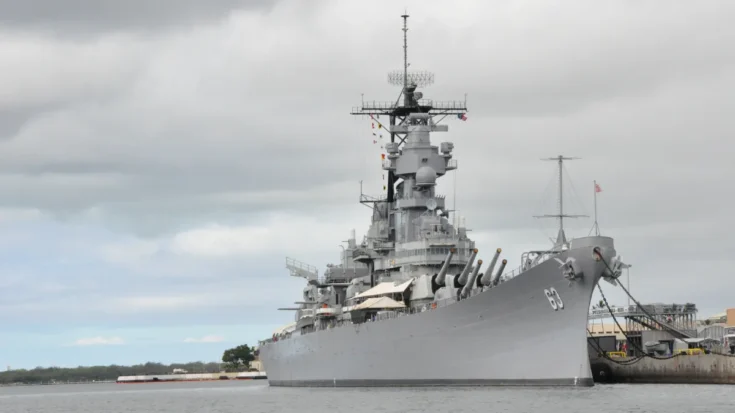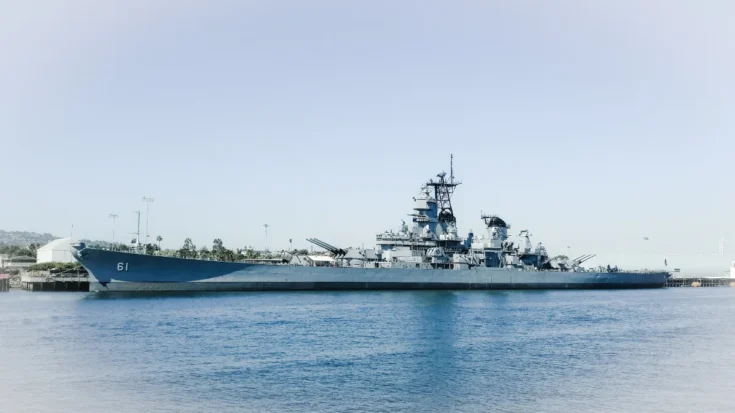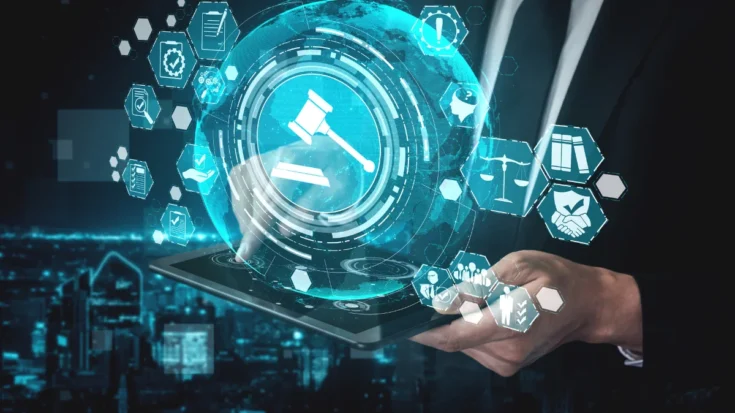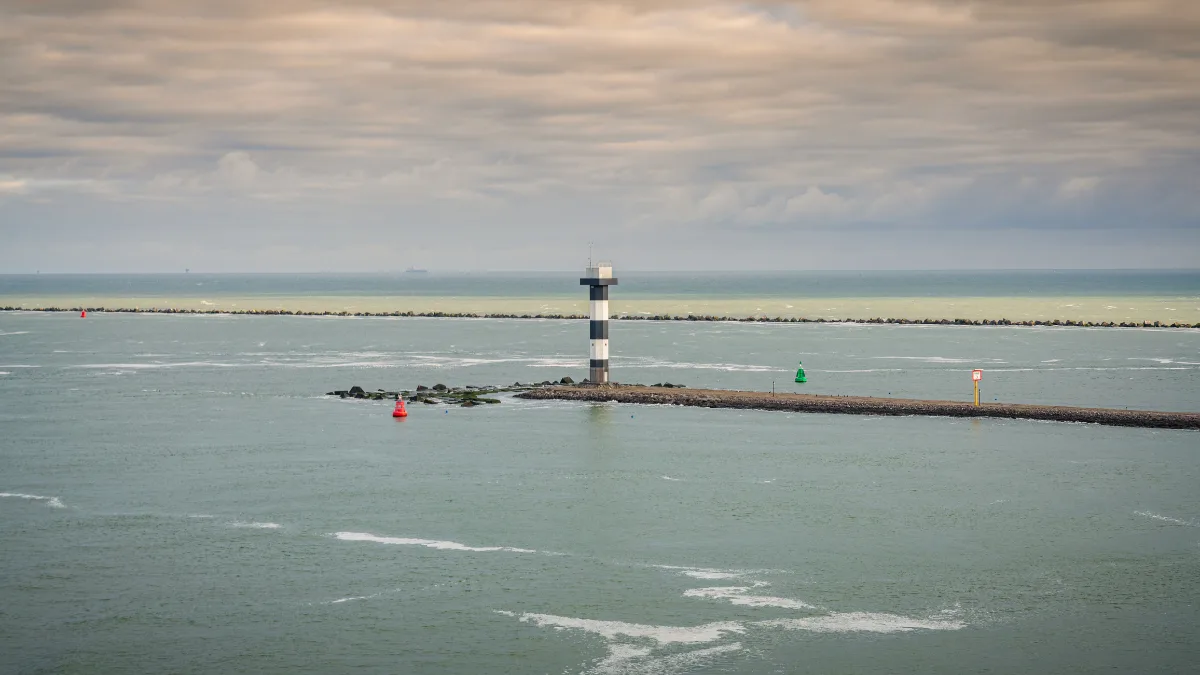One of the possible threats to attack security is by sea. In this way, radar security at sea becomes very important in maintaining military security and supporting military operations.
Radar security in the marine can be coastal surveillance, monitoring ship traffic, navigation, to detection of a threat.
This article will inform you about the importance and the implementation of radar security in the military and the regulation on using the technology.
Also Read
Table of Contents
Radar Security in The Marine
The application of radar in maritime security is essential for monitoring, early detection, and response to potential threats in the waters.
Marine radar allows authorities to track ship movements, identify suspicious vessels, and monitor illegal activities such as fishing theft or piracy. Radar systems are also used for safe navigation and collision avoidance.
The Function of Radar Security in The Marine

With the benefits that radar provides to marine security, it is important to use radar security in the marine. Here are some functions of radar security in the marine:
1. Coastal surveillance
One of the functions of radar security in the marine is to monitor the waters near the coast. This coastal radar surveillance will help in detecting illegal activities, smuggling, and other threats.
2. Monitoring ship traffic
The movement of ships in the ocean can be easily monitored by radar. This is of course very helpful for the authorities in controlling traffic and ensuring shipping safety.
3. Navigation
Radar helps ships navigate through water, especially in bad weather conditions or low visibility. With radar, the crew can detect objects around the ship, such as beacons, islands, or other ships, which cannot be seen with the naked eye.
4. Threat detection
Threats by sea are not uncommon, which is where radar’s ability to detect potential threats comes in. That way vessels breaking the law, vessels committing illegal acts, or even threats from the air can be easily detected.
5. Law enforcement
With its detection capabilities, radar has helped improve maritime law enforcement. Ships that are detected and caught violating the law or committing illegal acts can be easily arrested.
The Implementation of Radar Security in The Marine

Here are some examples of radar implementation in marine security that usually use:
- Radar for Maritime Patrol: Maritime forces utilize radar to keep an eye on their territorial waters, detecting illegal activities and other potential dangers.
- Radar on Warships: Warships equip themselves with radar to detect and track targets, including enemy aircraft and ships, to protect themselves and support military operations.
- Integrated Maritime Surveillance System (IMSS): This radar system monitors vessel traffic in critical waters such as the Sunda Strait, contributing to shipping security and safety.
The Regulation of Radar Security in The Marine

Radar security in the marine on the market uses LoRaWAN technology, this technology must pass the certification test in every country.
In ASEN especially Indonesia, Malaysia, Singapore, Thailand, Philippines, Vietnam, and Cambodia need type approval certification. In Indonesia the certification is called DJID Certification, in Malaysia is called SIRIM Certification, in Singapore is called IMDA Certification, in Thailand is called NBTC Certification, in the Philippines is called NTC Certification, in Vietnam is called MOST Certification, and in Cambodia is called TRC Certification.
With this certification, users can feel calm about using radar security in marine devices whose quality and security are guaranteed. For manufacturers or importers of radar security in marine devices, obtaining certification from every country is a mandatory step before the device can be officially on the market.
To simplify the certification process, you can use Type Approval Certification Services for ICT Products are available to assist with this process as a reliable solution.


















